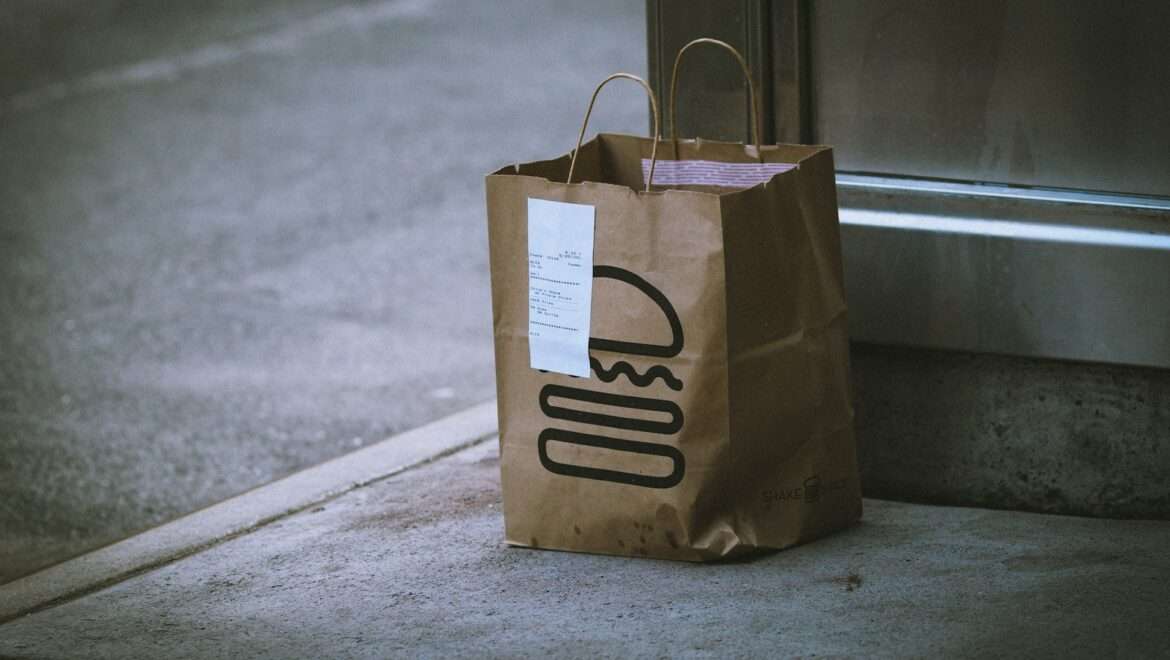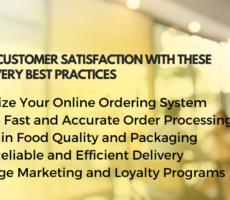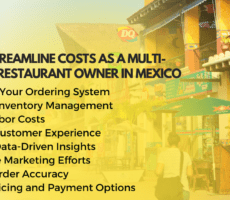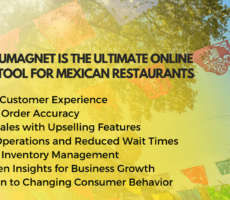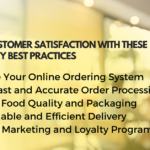Table of Contents
The rise of third-party delivery services has provided restaurants with a convenient way to reach customers and expand their delivery capabilities. However, while these platforms offer undeniable benefits, they also come with significant costs that can impact a restaurant’s profitability. Let’s explore the true cost of third-party delivery and how it affects your restaurant’s bottom line, including its implications on the online ordering system.
Commission Fees: The Price of Convenience
One of the most significant costs associated with third-party delivery is the commission fees charged by delivery platforms. These fees can range anywhere from 15% to 30% or more of each order, cutting into the restaurant’s profit margins significantly. For small and independent restaurants operating on tight budgets, these commission fees can eat into profits and make it challenging to remain financially viable, especially when compared to the restaurant’s online ordering system.
Loss of Control: Sacrificing Quality for Convenience
When restaurants rely on third-party delivery platforms, they relinquish control over the delivery process, including packaging, handling, and delivery times. This can result in a loss of quality control and customer satisfaction, as orders may arrive late, cold, or mishandled. Negative experiences can damage the restaurant’s reputation and deter customers from ordering again in the future, impacting both the restaurant’s brand and its online ordering system.
Menu Price Inflation: Passing Costs onto Customers
To offset the high commission fees charged by third-party delivery platforms, some restaurants resort to inflating menu prices on these platforms. While this may help cover expenses, it can also lead to customer dissatisfaction and backlash. Customers who compare prices across platforms may feel cheated or misled, resulting in lost trust and loyalty, affecting both the restaurant’s reputation and its online ordering system.
Brand Dilution: Losing Identity in a Crowded Marketplace
Third-party delivery platforms often prioritize their own branding and user experience over that of the restaurants they partner with. This can lead to brand dilution and loss of identity for restaurants, as they become just another option in a sea of choices on the platform. Without the ability to differentiate themselves, restaurants risk becoming interchangeable and losing their competitive edge, both on the delivery platforms and in their online ordering system.
Dependency Issues: Struggling to Break Free
Once restaurants become dependent on third-party delivery platforms for a significant portion of their revenue, breaking free from these partnerships can be challenging. Restaurants may feel trapped by long-term contracts or fear losing customers if they discontinue their partnership with a popular delivery platform. This dependency can limit the restaurant’s flexibility and hinder its ability to explore alternative delivery options, including its online ordering system.
Data Ownership: Sacrificing Insights for Convenience
When restaurants partner with third-party delivery platforms, they often relinquish ownership of valuable customer data, including order history, preferences, and contact information. Without access to this data, restaurants miss out on opportunities for targeted marketing, customer relationship management, and loyalty programs. This lack of insights can hinder the restaurant’s ability to understand its customer base and tailor its offerings accordingly, impacting its overall business strategy, including the online ordering system.
Alternative Solutions: Finding Balance in the Delivery Landscape
Despite the challenges associated with third-party delivery, there are alternative solutions available to restaurants seeking to minimize costs and regain control over their delivery operations. Some options include in-house delivery, ghost kitchens, and hybrid models that combine third-party delivery with direct ordering channels. By diversifying their delivery strategy and exploring alternative solutions, restaurants can mitigate the impact of third-party delivery on their bottom line while leveraging their online ordering system for better management.
Conclusion: While third-party delivery offers undeniable benefits in terms of convenience and reach, it also comes with significant costs that can impact a restaurant’s profitability and long-term viability. From commission fees and loss of control to brand dilution and data ownership issues, the true cost of third-party delivery extends far beyond the surface. By understanding these challenges and exploring alternative solutions, restaurants can find balance in the delivery landscape and ensure sustainable growth in the competitive restaurant industry, including optimizing their online ordering system for better management.

